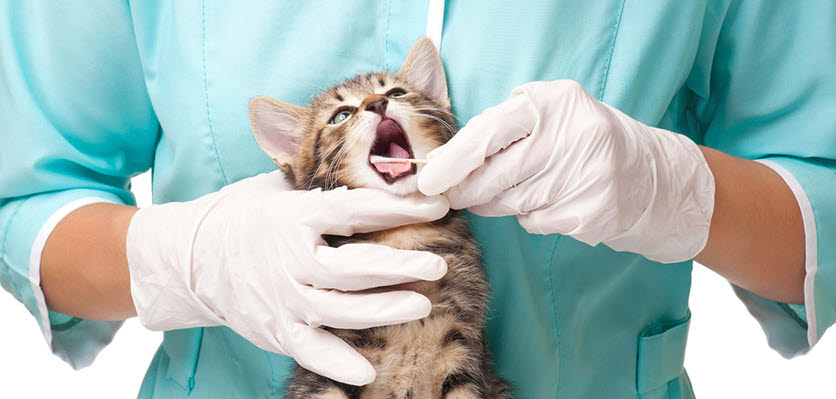
If your vet diagnoses your pet with dental disease, they will most likely recommend a dental procedure. Also referred to as a ‘dental’, this is a very common part of veterinary practice and is essential when treating dental disease. If your pet is having a dental procedure there are a few things you need to know and questions you may have:
-
A general anaesthetic is required
Your vet can't ask your pets to say "open wide" while they have a look around. To make sure your vet is able to clean all the teeth and do it safely (they don’t want to be bitten or cause unnecessary pain and stress to your pet), a general anaesthetic is required. Your pet must be anaesthetised so your vet can use their pet dentist skills and properly examine the entire tooth. This includes the inner surface and all of the teeth right up to the back to the mouth (the teeth you can’t see while your pet is awake). It also enables your vet to take radiographs if necessary and remove any diseased and potentially painful teeth.
If your veterinarian has recommended your pet has a dental procedure it is vital that you follow their advice.
-
You vet will use very similar equipment to human dentists
In most cases, it is exactly the same equipment! When it comes to dog and cat teeth cleaning, an ultrasonic dental scaling machine is used to remove any tartar that is stuck to the teeth. This includes the area below the gum line and is essential as it’s where the major damage to the teeth can occur. It’s also hidden from the eye and is another reason why an anaesthetic is essential for a proper clean.
Following the scaling process, the teeth are probed to assess for any recession of the gum line and this is recorded on a dog or cat dental chart. The teeth are then individually polished to help protect and reduce tartar accumulation in the future. Your vet may recommend dental xrays so they can assess the bony structures around the tooth and look for painful lesions (such as resorptive lesions in cats) or diseased roots. This all provides your pet with gold-standard dental care.
-
Extractions may be necessary
In some cases, tartar accumulation may have lead to a build-up of bacteria that has already damaged the structures that hold the tooth in place, exposing roots and nerves. This is painful so it is important that cat or dog dental surgery is performed to remove any diseased teeth. A fractured tooth may also require extraction. Antibiotics, pain relief and a diet of soft and chunky food may be needed until the extraction sites have healed.
-
Exactly why is extraction of a tooth necessary?
When comparing our own dental experiences to that of our pets, extraction may sound drastic, however, the options for saving teeth in our pets are limited. A pet with severe dental disease and pain has usually lost a significant amount of bone and soft tissue along with the roots of the tooth.
Extraction is often the only way your vet can restore oral health, remove the source of the pain and prevent the disease from spreading to neighbouring teeth. In more difficult cases, your pet may be offered referral to a specialist pet dentist (someone who completed at least another four years of specialist training in animal dentistry).
-
If my pet has to have multiple teeth removed, will he have any left to chew with?
Yes! Adult dogs have 42 teeth and adult cats have 30 so they will still be left with plenty to chew with! Once your vet has removed a tooth however, the dentition of the mouth is changed and this can alter the chewing action and the natural cleaning action of chewing. Opposing teeth may be prone to tartar accumulation so ongoing regular dental checks are essential.
As involved as it may sound, a dental procedure will ensure your pet is happier, healthier and most importantly, pain-free.
You should always ask your vet to answer any questions you have about your pet's dental health.
